9 Female Designers Who Changed How Women Dress

Coco Chanel, French couturier in Paris in 1936. Photo: Roger Viollet/Getty Images
Fashion is a billion-dollar global business, but the industry has been traditionally run by men. Now female designers are at the helm of two historic mega brands, with Maria Grazia Chiuri leading creative and design duties at Christian Dior – a first for the fashion house that was founded in 1946 – and the late Karl Lagerfeld’s right-hand woman, Virginie Viard, in charge of Chanel. She is the first woman to run the historic brand since Coco Chanel herself.
After the Second World War, the world continued to look to Paris for fashion, where male designers such as Christian Dior, Hubert de Givenchy and Pierre Balmain were celebrated couturiers of the day. While their contributions to fashion were momentous, female designers were toiling away both pre- and post-war at fashion that not only enhanced women’s lives, but profoundly changed them. With the 1966 introduction of ready-to-wear with Rive Gauche by Yves Saint Laurent and the sweeping social changes in the ensuing decades, it opened up the markets for female design voices in other fashion capitals to be seen and heard.
Now modern female designers are shaping their brands by taking cues from beyond the world of fashion. Miuccia Prada, feminist and one-time card carry communist, took her grandfather’s staid luggage company and transformed it into a global fashion powerhouse with the launch of a single item – a military grade nylon backpack. Her knack for mixing the utilitarian with the garish to make something beautiful is the fuel which propelled the brand into the style stratosphere from her first collection in 1988. She gave fashion the gravitas it deserved. Stella McCartney, daughter of The Beatle Paul, who launched her namesake brand in 2001, has led on sustainability, changing its perception and supply-chain practices in the fashion industry. The DNA of her label is as much eco as fashion driven, with animal-cruelty free and vegan-friendly collections. Rihanna, the rare celebrity designer who has been critically acclaimed by the fashion establishment, has changed the conversation on inclusivity by using models of all shapes, sizes, colours and identities in Fenty, her true 21st-century beauty and fashion brand.
In honour of International Women’s Day, we celebrate nine female designers who changed the game.
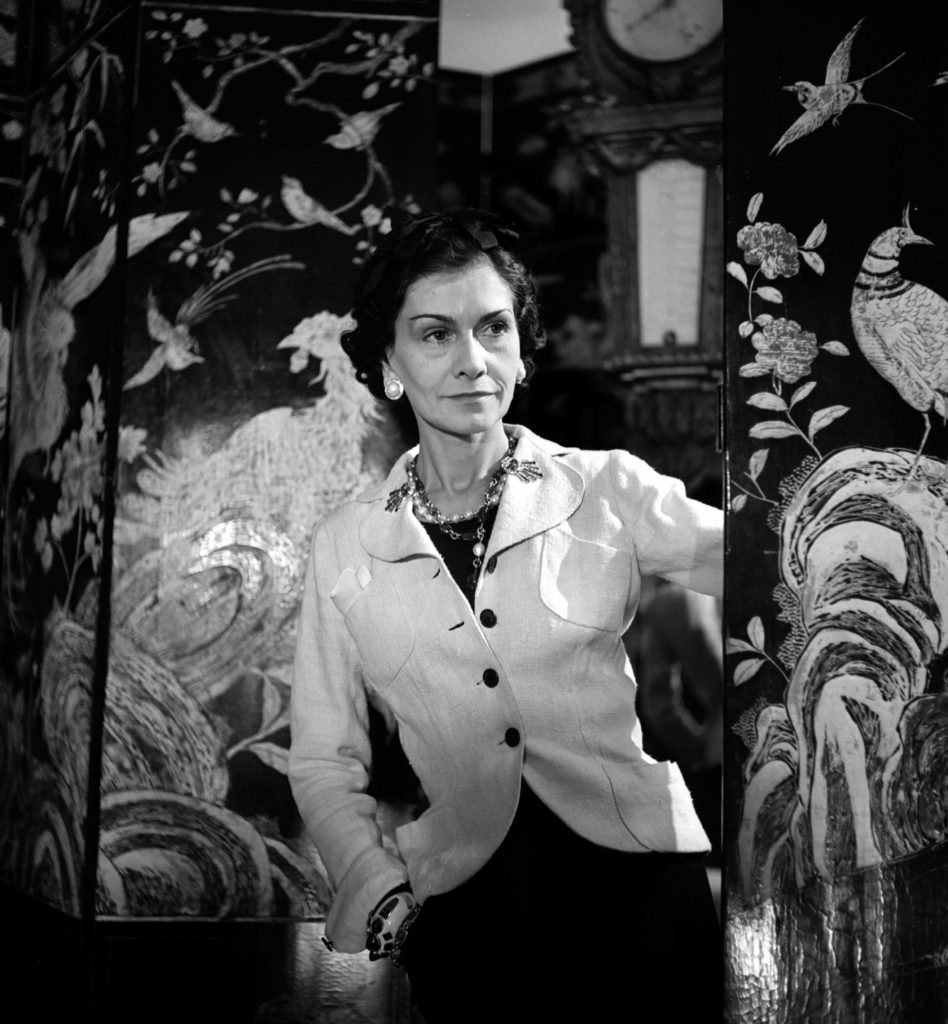
THE REVOLUTIONIST – COCO CHANEL
Chanel ranks as one of the most influential fashion designers of all time. She not only changed the way women dressed, but ultimately changed the course of fashion by freeing them from the strictures of the 19th century. From the moment she opened her first shop in Paris in 1910 – selling hats – to her death in 1971, the designer left a legacy that still flourishes in fashion today as a blueprint for modern, female-friendly dressing.
The Chanel canon is extensive and contains many examples of the ways she revolutionized women’s wardrobes. She took jersey, a material only used for men’s underwear at the time, and fashioned it into easy comfortable womenswear. Ditto for tweed, after borrowing her British nobleman boyfriend’s jacket while on a weekend hunt. She made black – a colour only worn to funerals at the time – fashionable. After she made a simple black sheath dress in 1926, Vogue declared it a “frock that all the world would wear.” Even today it’s a fashion concept known as the little black dress. Then there is her iconic Chanel suit – a copy of which U.S. First Lady Jacqueline Kennedy was wearing on that fateful day in Dallas when President John F. Kennedy was shot – with its boxy collarless jacket, braid trim and gold buttons worn with a below the knee skirt. It remains the gold standard of timeless design today.
Her influence went beyond clothing. In 1921, she launched Chanel No. 5, and slapped her name on the bottle (which was unheard of at the time) creating the first fashion-branded fragrance. Of course, today every fashion house has a perfume, because it’s the money maker. She popularized costume jewelry with her oversize pearls and gemstones, advising clients to mix them with their more expensive jewels. After returning from vacation with a sunburn, she made getting a tan fashionable. At the time it was associated with the lower classes who had to work worked outside. And if ever there was a cause for applause, she untethered women’s hands from purses. Her now iconic quilted, chain-strap 2.55 bag (named after its debut date of February 1955) was the first handbag with a strap that allowed women to hang it from one shoulder, thus freeing up their hands.
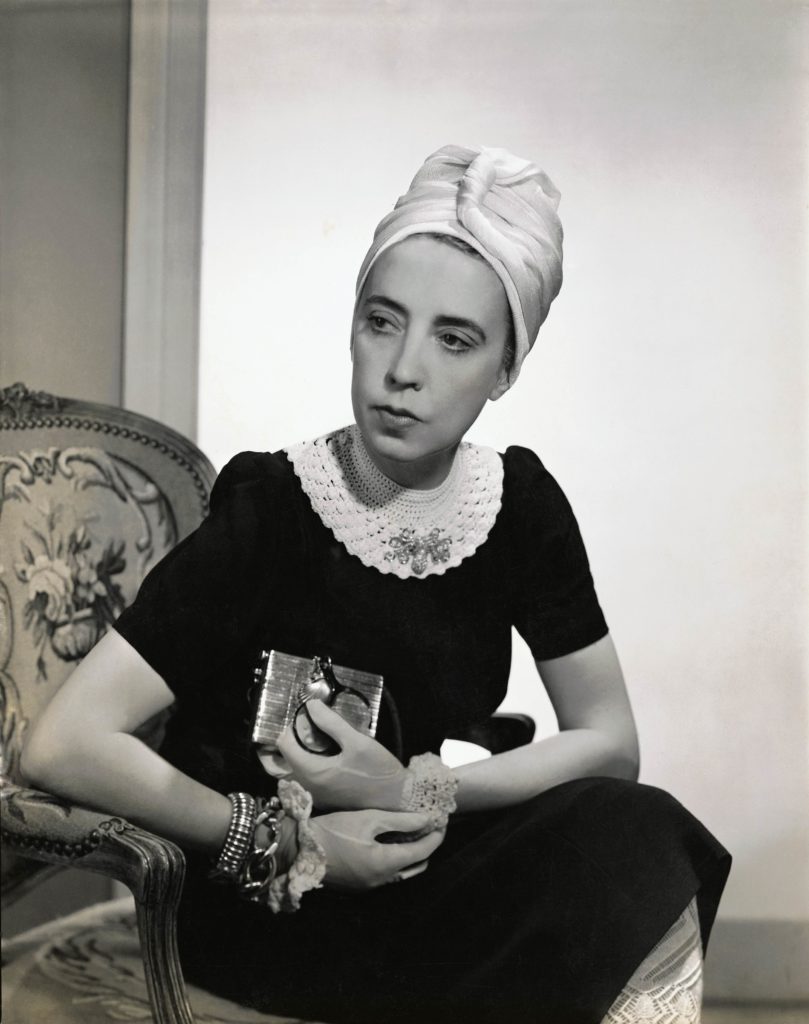
THE SURREALIST – ELSA SCHIAPARELLI
She was the arch rival of Coco Chanel, who once referred to her as ‘that Italian artist who is making clothes.’ Schiaparelli’s clap back was to refer to Chanel as ‘that milliner.’ While she would take a different approach than Chanel’s practicality to style, nonetheless she left her mark on the fashion world. She brought wit and whimsy to fashion and was the rare designer to make fun of fashion in a delightful and artistic way, despite the disapproval of 1930s Paris establishment who took couture seriously. Surrounding herself with artist friends like Dali, she liberally used surrealism – the new and controversial art movement of the day – in her collections. She did hats that looked like shoes or lobsters and jackets with pockets that looked like drawers. Decades later, Yves Saint Laurent would say “her imagination was boundless.” But Schiaparelli was also a savvy businesswoman and made a fortune by licensing her name to a variety of products beyond fashion – a common way for designers to cash in on their brand today – with items such as shower curtains and mattresses. In 1954, at age 60, she closed the fashion house and retired. In a testament to all that this historic label once stood for, the brand was revived in Paris in 2013.
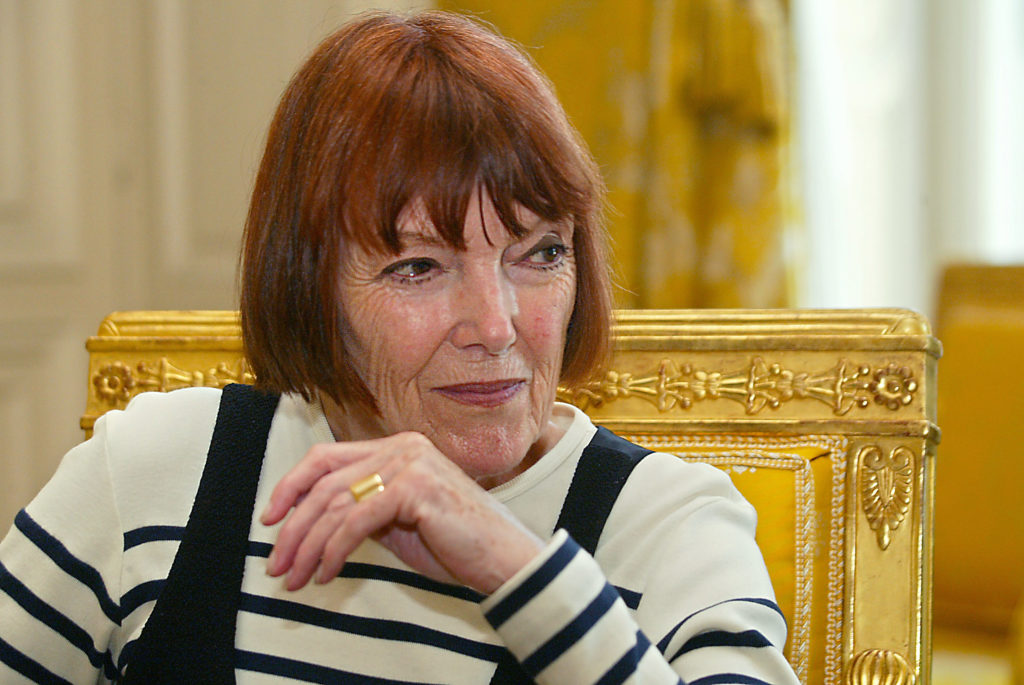
THE MODERNIST – MARY QUANT
London, the epicentre of the swinging sixties , had a soundtrack courtesy of The Beatles, The Rolling Stones et al. These Youthquake rockers, their girls and other bright, young things needed a dress code and British designer Mary Quant created it. Working out of her boutique Bazaar, opened in 1955, she changed retail by making it as much a scene as a store, where shopping was what would be called “experiential” today. Inspired by the mods and their love of the sharp silhouette of Italian sportswear, Quant created garments in streamlined modern shapes. Pivotally, she popularized hot pants and the mini-skirt, worn with brightly coloured tights in a requisite nod to modesty. Quant, with her sharp, Vidal Sassoon haircut, another signifier of the era, once said in an interview that “shorter skirts allowed mobility, to run, jump and to have fun in.” But practicality aside, Quant’s clothes signalled the shift towards women’s liberation where women proudly flaunted their sexuality. For her efforts she was awarded the most senior Order of Chivalry of the British Empire, making her a Dame.
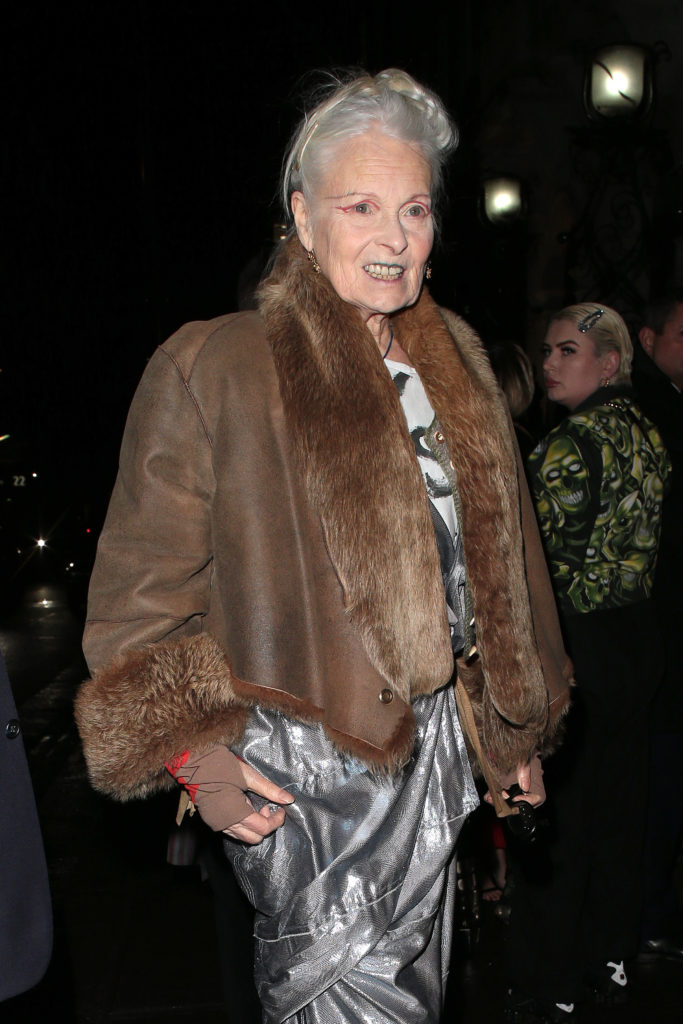
THE ANARCHIST – VIVIENNE WESTWOOD
Like Quant, Westwood was also made a Dame, but it is odd that it was both awarded and accepted considering the anti-establishment arc of her career. Back in the 1970s, she and partner Malcolm McLaren operated a store called SEX on King’s Road in London, which was ground zero for punk rockers. McLaren created and managed the band The Sex Pistols, an avatar for the movement, which was rebellion against the hippie ethos and a reaction to the bleak, socio-economic outlook for disaffected British youth. Westwood designed hard-edged looks for anarchy, consisting of tartan, leather and ripped, graphic t-shirts heavily embellished with safety pins and zippers. Despite standing for everything it was against, the punk aesthetic infiltrated luxury fashion – see former punk Elizabeth Hurley in Versace’s 1994 safety- pin dress – and is now a mainstream fashion trope.
Westwood’s label eventually shifted to more tailored looks with a touch of historical romance. Still provocative, she introduced the corset as outerwear and the cheekily named mini-crini, a hyper-sexualized short skirt. With punk being a rebellious concept in itself, Westwood has also used her runway and advertising to advocate against climate change and nuclear disarmament, being the first major designer to show women that looking good can make a political statement.
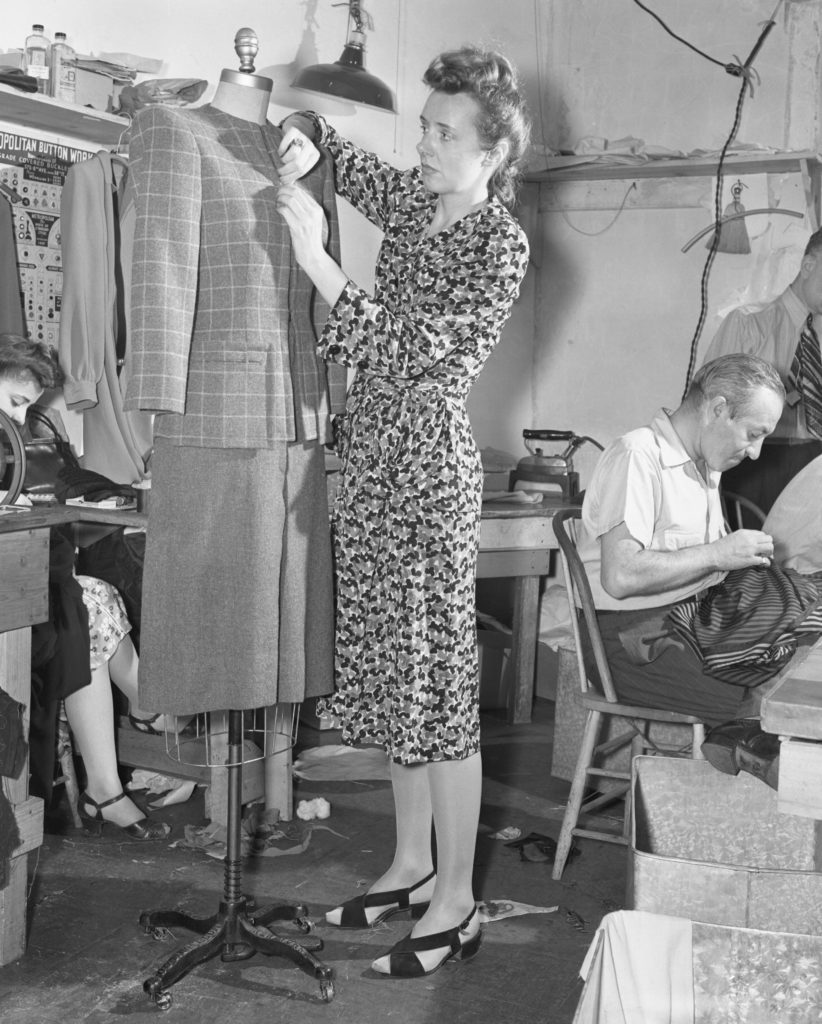
THE EVERYWOMAN – CLAIRE McCARDELL
In 1938, the designer was 33 years old and living in New York City, working as a designer for a manufacturer in the city’s Seventh Avenue garment district, where one of her dresses would create the concept known today as American sportswear. It was a deceptively simple, wool shift dress cut on the bias to give it a free-flowing fit and also featured sewn-in pockets – a design element McCardell envied in menswear. To give this sack-like dress some shape, she belted it. But the design also allowed women to tailor it to their own size and shape. Dubbed the “Monastic” and touted as the dress that fit everyone, with no alterations needed except in length, it became a bestseller. For the first time, American women had a washable, ready-to-wear dress. Its simplicity, modernity and practicality would become the cornerstones of McCardell’s brand.
Next came the Popover Dress, a versatile all-occasion wrap dress. Inspired by her life as a working woman who travelled, McCardell created the concept of mix and match separates, and popularized flats as an acceptable alternative to heels. Her use of natural fabrics such as cotton and denim beyond casual wear lead to the elimination of constricting undergarments. In 1990, Life magazine named McCardell one of the 100 most important Americans of the 20th century.
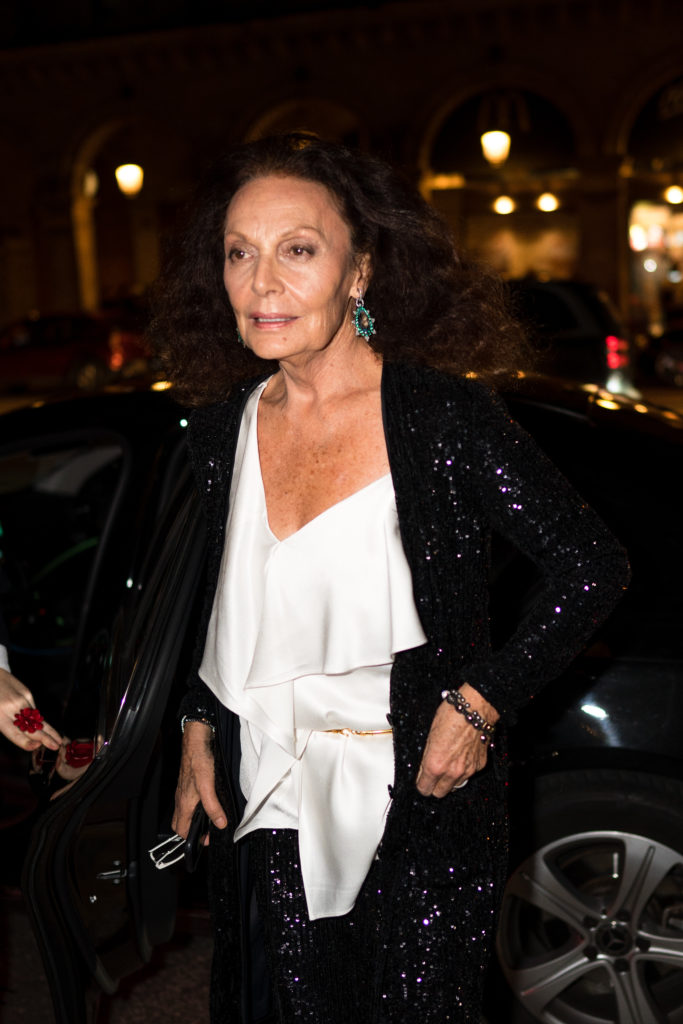
THE ONE HIT WONDER – DIANE VON FURSTENBERG
In 1976, Diane Von Furstenberg was featured on the cover of Newsweek wearing the wrap dress. The designer had created it in 1974, at age 27, launching an entire career with a single dress – a slinky, jersey number you could simply throw on, wrap and tie at the waist with a string that went through an opening on the opposite side. It would herald a new fashion chapter for millions of women who snapped it up. The look was effortless yet sexy, polished enough to wear to the office but also alluring enough to hit Studio 54 at night. You could say it was the first day-into-evening look. The designer, a European transplant to Manhattan who happened to be a member of the jet set and married to a Prince, captured the zeitgeist of the era – glamorous, decadent and carefree. That was pretty much what the dress came to represent.
Aspirational but adaptable to every-day life, the wrap dress also stood the test time. After years away from the business, in 1997 von Furstenberg joined forces with her then daughter-in-law, Alex, to revive the garment. Today it is a staple of many a collection including , of course, von Furstenberg’s own. As she once said in an interview, “It was empowering just as women were beginning to feel empowered. That was a once-in-a-lifetime thing.”
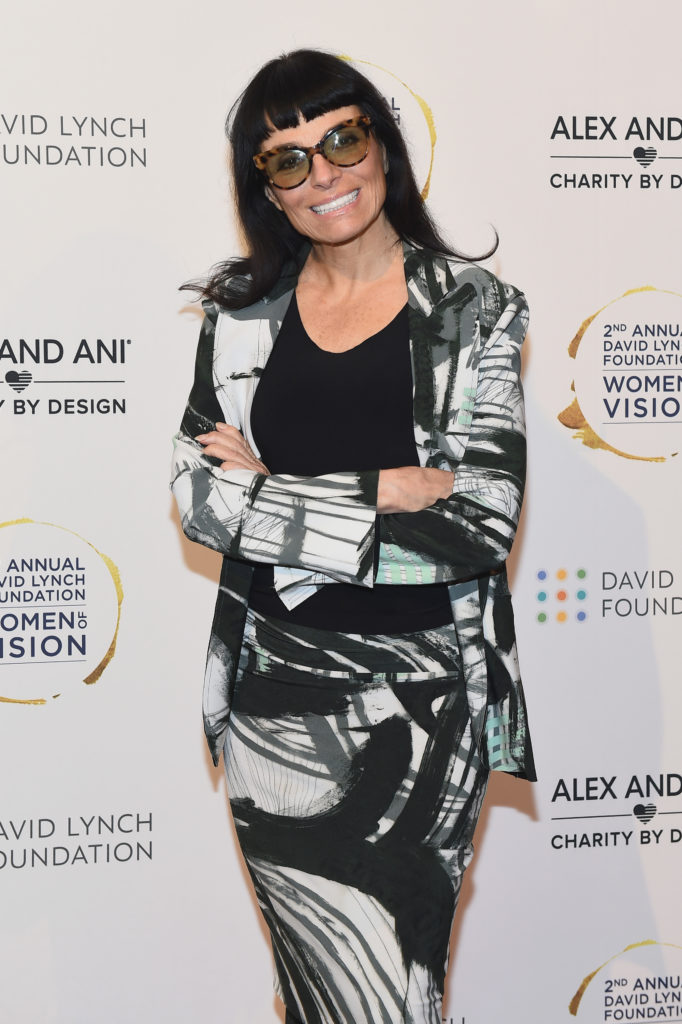
THE COOL GIRL – NORMA KAMALI
In the late 60s, the designer operated a small womenswear store in New York City that drew in a fair number of men, including Alice Cooper, John Lennon and the boys of the New York Dolls. They weren’t dressing in drag, they just loved her clothes: tight, high-waisted pants and the stretch jersey blouses. That’s the thing about Kamali – she is a futurist, always way ahead of the pack – and not just with genderless dressing, which was, after all, a hallmark of the era’s Glam Rock.
Mixing the ease of American sportswear with her downtown sensibilities and her love for high-performance fabrics such as parachute silk, Kamali created the sleeping bag coat in the 1970s – a precursor to today’s ubiquitous puffy jacket. She also created the wedgeheel sneaker and the high-cut swimsuit. Farah Fawcett wore her red swimsuit design in the ubiquitous 1976 poster, and the suit was donated to the Smithsonian in 2011. And before ath-leisure was the buzzword it is today, she advocated that women wear separates – often with her trademark shoulder pads – made of sweatshirt material to the office. Still designing and operating her Manhattan boutique, the 74-year-old Kamali has become a health and wellness advocate, with advice regularly dispensed on her Instagram account.
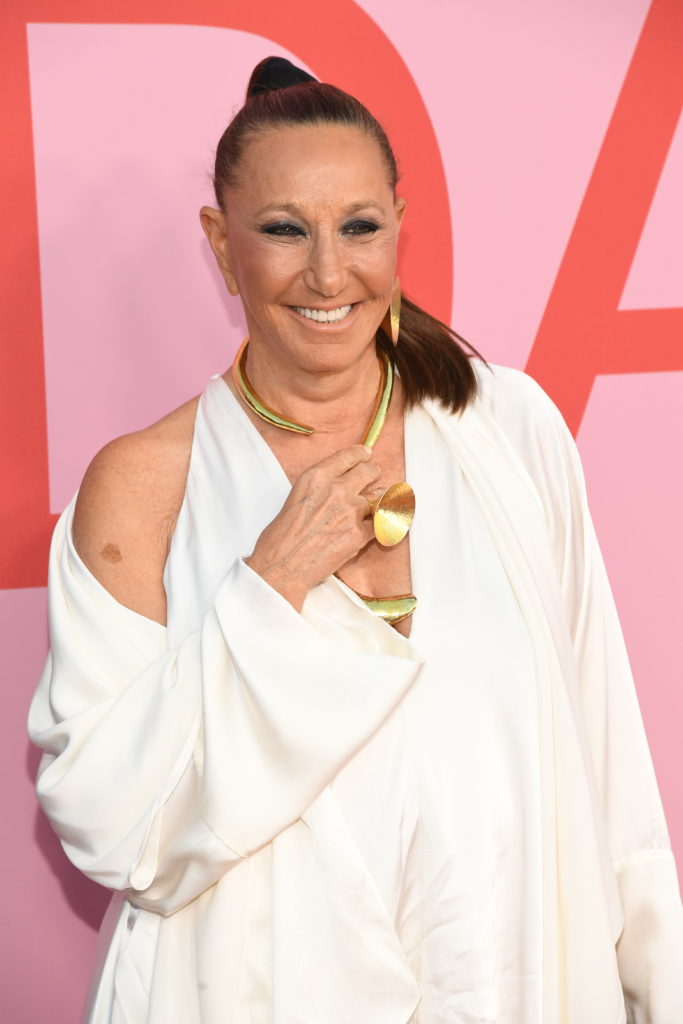
THE POWER WOMAN – DONNA KARAN
After she quit designing for Anne Klein to start her own business in the 1980s, Karan quickly established herself as one of the big three of American fashion, along with Calvin Klein and Ralph Lauren. As women marched down corporate halls, ready to kick down doors to boys-only boardrooms and shatter glass ceilings, this was the designer who dressed them for battle. But not in the dated ‘dress for success” way that had women looking like versions of men in shapeless skirt suits with either ties or prissy blouses. “That’s not a woman,” Karan told Vogue of her ethos at the time.
Using draping, jersey and Lycra in 1985, Karan launched Seven Easy Pieces, which celebrated and cocooned the female form while providing an ingenious lifestyle solution. “A woman is her body, her sensuality and her tailoredness, so I combined them together.” The base of the capsule collection was the bodysuit, and it was built on tights (often opaque), the sarong wrap skirt, a pair of loose trousers, a jacket, a cashmere sweater and a white shirt. With her female gaze, she created a new erogenous zones. In 1993, First Lady Hillary Clinton created a fashion firestorm when she wore Karan’s black jersey, cold-shoulder gown, now in the Clinton library, to one of her first White House events. “It turned out to be controversial,” Clinton told Lena Dunham in a 2015 interview. “And a lot of political pundits said, ‘What is the meaning of this’ … but Donna always said that no matter your age, your size, your shoulders always look good.” Karan’s 1992 advertising campaign, “In Women We Trust,” featuring model Rosemary McGrotha being sworn in as America’s first female President, is still referenced today.
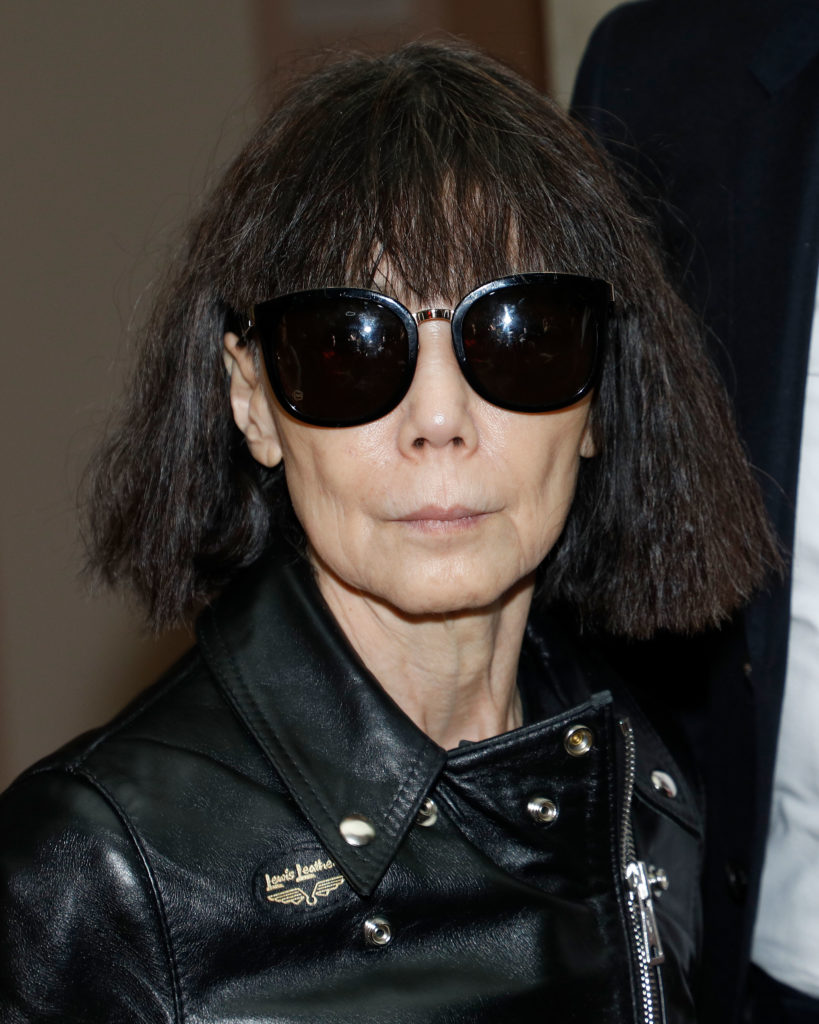
THE AVANT GARDE – REI KAWAKUBO
Anti-fashion is often used to describe Comme des Garçons, the label designed by this self-taught Japanese designer, which is perhaps why it is a darling of fashion insiders. When she debuted it in 1981 in Paris as a part of the “Japanese Invasion” – along with Issey Miyake and her lover at the time, Yohji Yamamoto – critics were shocked at the all-black clothing that challenged western fashion notions of what is beautiful and alluring. Her fashion did and still does not adhere to the normal shape of the human body. They often look twisted, asymmetrical and voluminous while smothering and distorting the body with large lumps and bumps or with clothes that are flat, stiff and one-dimensional – like paper cutouts.
Meant to be discordant to the eye, Caroline Kennedy, a friend of Kawakubo from her days as US Ambassador to Japan, wore Commes des Garcon at the 2017 Met Ball, which honoured the designer’s work. The brand is wildly successful and influential. On the simplest level, she and Chanel can be credited with the popularity of black in fashion. But on a deeper level, she has instigated the trickle-down effect of conceptual dressing and elevated fashion as an art, a discipline that rises above fashion trends.
RELATED:
New Book Reveals The Greatest Women Fashion Designers You’ve Never Heard Of